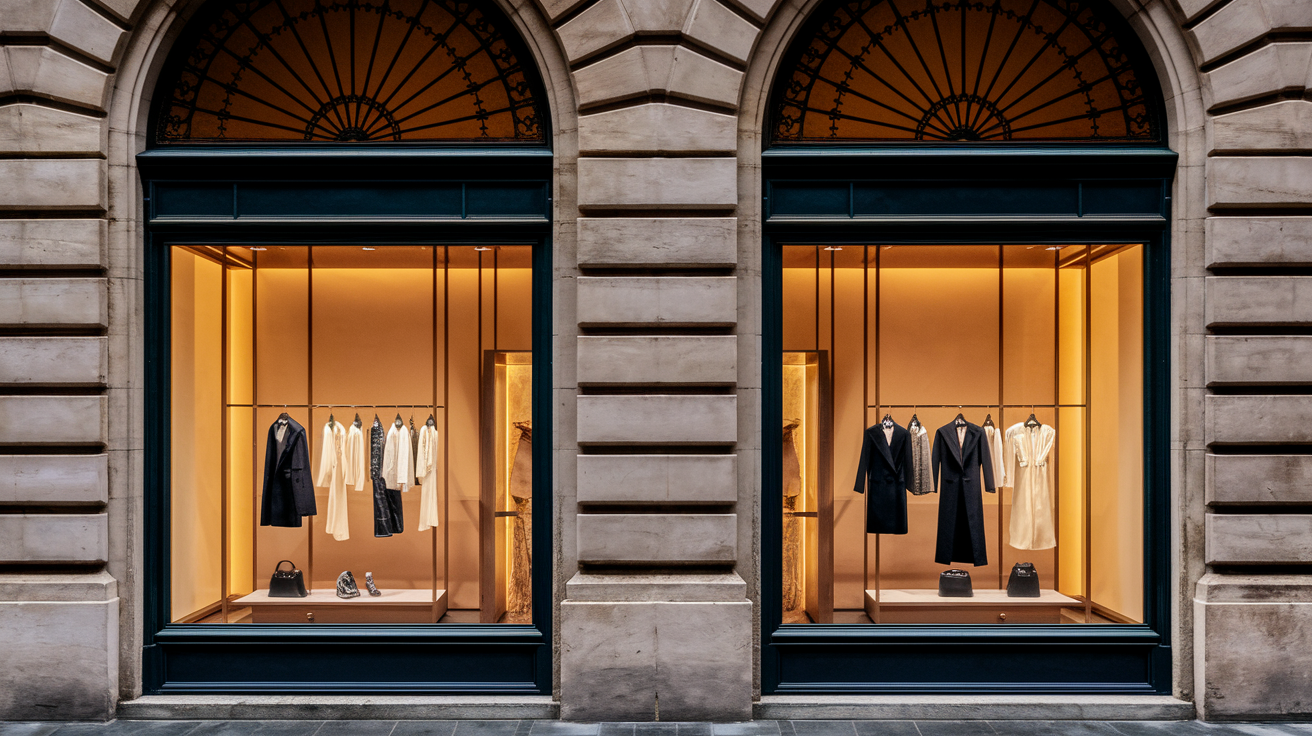The luxury goods market is a fascinating field where Europe and Asia present themselves as major players. While Europe stands out for its craftsmanship and stable market conditions, Asia attracts with its uncontrolled growth potential and an expanding middle class. For investors and individuals, the key to success lies in understanding the dynamics of these two areas. Our analysis highlights the impact of European stability and Asian growth on stock markets and what trends might shape the future.
Luxury Markets in Europe: Stable Foundations and Future Opportunities Compared to Asian Dynamics

The European luxury goods market is currently based on solid foundations of stability and strategic growth, as evidenced by its resilience to global turbulence. In contrast to Asia, where geopolitical challenges can influence consumption trends, Europe offers a reliable environment characterized by long-standing brand planning and sophistication.
The recently announced acquisition of Versace by Prada is a striking example of the dynamics achieved through strategic acquisitions in the European luxury goods sector. These developments reflect the willingness of European brands to establish themselves in international competition and to increase corporate value through prudent investments.
Companies like Hermès and Richemont shine with strong revenue increases, demonstrating confidence in their brand and the constant allure of their products. In particular, Hermès has recently impressed with an adjusted revenue increase of nearly 18% compared to currency fluctuations, while Richemont closed its Christmas quarter with a positive growth of 10%.
LVMH and Kering, although showing mixed results, maintain a positive outlook from analysts. LVMH’s share buyback program reveals the company’s confidence in its long-term market development and underscores the continuing strength of European brand management.
In contrast to Asia, demand fluctuations in regions like China are evident, where Richemont experienced a significant sales decline of 18%. This situation contrasts with stable demand in Europe, where an established brand identity and strong pricing power allow companies to firmly navigate market environment variations.
The ability of European luxury players to adapt to geopolitical risks and turn them into strength is further highlighted by the influence of the U.S. market, regarded as an important growth engine. Robust consumer spending in the United States supports the sector and is essential for current sales growth.
Looking towards 2027 and beyond, forecasts indicate positive developments for the global luxury sector. This perspective illuminates the continuity of stable expansion for European companies, which can rely on clear investment strategies and leverage their strong brands. Analysts also emphasize the need for selective investments aimed at sustainable brands and lasting customer relationships to target solid returns in times of change.
In summary, the European luxury goods market represents a balanced mix of stability and growth. Thanks to innovative strategies and a high adaptability, European brands continuously draw on their strengths while navigating the complex global luxury landscape.
Asia: The Duality of Growth Opportunities and Geopolitical Tensions

Asia, with China leading the way, is not only a driver for the global luxury goods market but also a complex area full of opportunities and challenges that companies must navigate. In light of the rapid growth of the middle class in China and India, the demand for luxury goods is unprecedented. This development opens up new revenue potential for luxury brands and expands their reach.
The digital transformation is a salient feature of Asian markets. China’s advancement in e-commerce has paved the way for luxury goods to establish themselves on online platforms. Digital channels offer an expanded reach and enable brands to interact directly with tech-savvy clientele. Additionally, the travel and tourism sector promotes exchanges between Asia and the home countries of luxury brands, further enhancing the international popularity of these goods.
However, geopolitical conditions present a downside. Trade tariffs and protectionist measures, particularly in the context of tensions between the United States and China, could negatively impact trade volume. These geopolitical uncertainties carry risks that companies must carefully calculate.
In addition to trade disputes, attention must also be paid to supply chain risks. Many luxury brands rely on production capabilities in Asia, making them vulnerable to political instability that could disrupt transport routes and logistics procedures. Currency fluctuations represent an additional challenge, especially for companies that trade with various Asian currencies.
To optimize opportunities in Asia and minimize risks, luxury goods companies should diversify their market strategies. The emphasis on a strong brand identity remains central to maintaining exclusivity and preserving pricing power. Adapting to digital trends, such as optimizing online marketing campaigns and e-commerce platforms, could be crucial to succeeding in this dynamic market context.
In conclusion, Asia offers both expansive opportunities and significant challenges. Companies that can adapt to a vibrant and rapidly changing market are likely to reap the benefits of this region while also confronting the complexity of the geopolitical situation.